The Royal Danish Ballet’s Bournonville Celebration
Barbara Newman welcomes a rare visit from the Royal Danish Ballet.
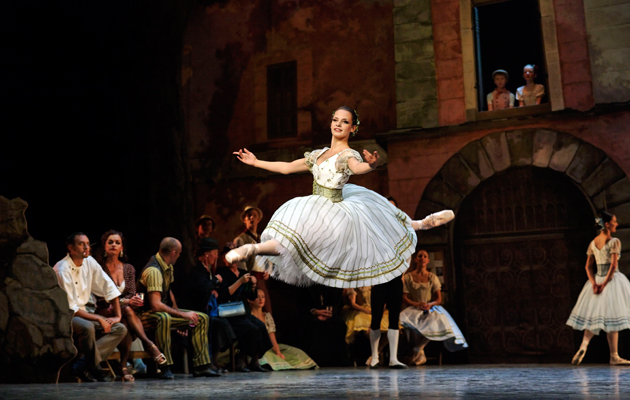
The Danish choreographer August Bournonville, who died in 1879, served for more than 45 years as the ballet master of the Royal Theatre in Copenhagen. During that period he created about 50 ballets, often starring in them himself, which explains why the men’s roles are as interesting to watch and challenging to perform as the women’s.
A handful of those engaging works survive to this day, largely because they have seldom left the repertory for long. For the first time in ten years, soloists and principals from the Royal Danish Ballet will present them in London, arranged as a collection of excerpts that celebrate the breadth of Bournonville’s imagination and the range of his choreographic skill.
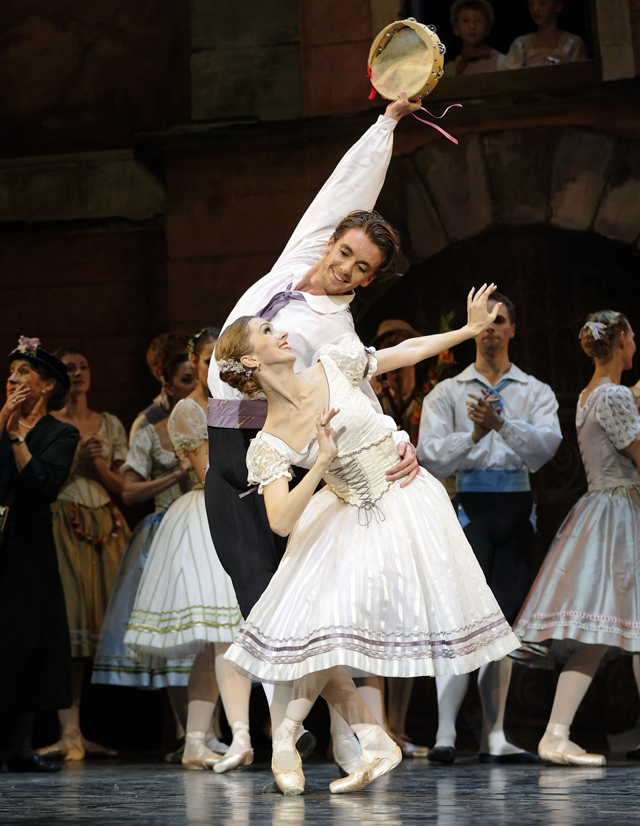
The six selections encompass a loving evocation of a French ballet class of the 1820s; a rousing tarantella that sets the dancers’ feet fluttering like the ribbons on their tambourines; and dramatic encounters, articulated in blithe movement and natural mime, between human and unearthly characters. Snatched from a fragment of silent film shot in 1905 and restored almost 75 years later, the prancing Jockey Dance provides a tantalizing glimpse of Bournonville’s last ballet, From Siberia to Moscow, which received its première in 1876.
Remodeling the original French production of La Sylphide, in 1836 Bournonville choreographed his best-known work, now a touchstone expression of Romanticism, in which the elusive sylph embodies an ideal of freedom so alluring that it can make a man lose his head and leave his bride at the alter. Even abbreviated for a touring ensemble, the second act perfectly displays the small light jumps, relaxed carriage and modest manners that still define the spirited Danish style.
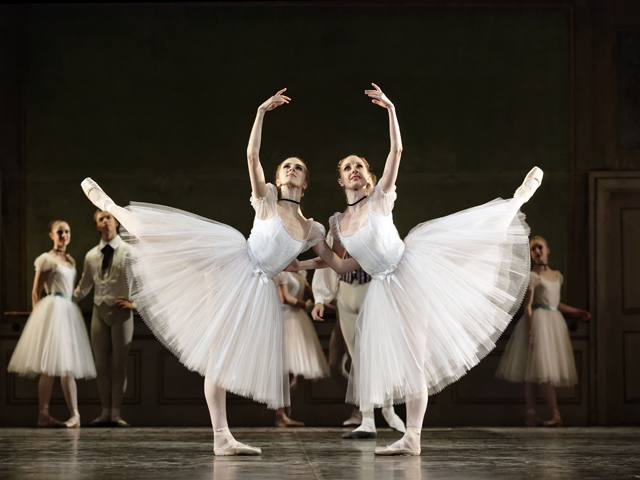
Though the company has gradually acquired a wide repertory including established contemporary works and new creations, it has also preserved its stylistic continuity. The constant presence of these charming pieces and their buoyant blend of reality, fantasy, and gentle emotion invigorate ballet history, the artists entrusted with it, and every lucky viewer who sees them.
Royal Danish Ballet’s Bournonville Celebration, 9 and 10 January, Peacock Theatre. www.sadlerswells.com
In Dancing Across the Atlantic, USA-Denmark 1900-2014, the distinguished critic Erik Aschengreen traces the enduring success of Danish ballet in America and the vital impact of American dancers and choreographers on Danish dance. Illustrated with 200 photographs and published by the Royal Danish Theatre and American Friends of the Royal Danish Ballet. http://kglteater.dk/om-os/shop
Sign up for the Country Life Newsletter
Exquisite houses, the beauty of Nature, and how to get the most from your life, straight to your inbox.
Danish-born choreographers who grew up in the Bournonville tradition cannot resist reinterpreting La Sylphide. Now ballet master in chief of New York City Ballet, Peter Martins will unveil his own production there on 7 May. www.nycballet.com
For its London debut, Australia’s Queensland Ballet will dance Peter Schaufuss’ version, 4-8 August, at the London Coliseum. www.eno.org
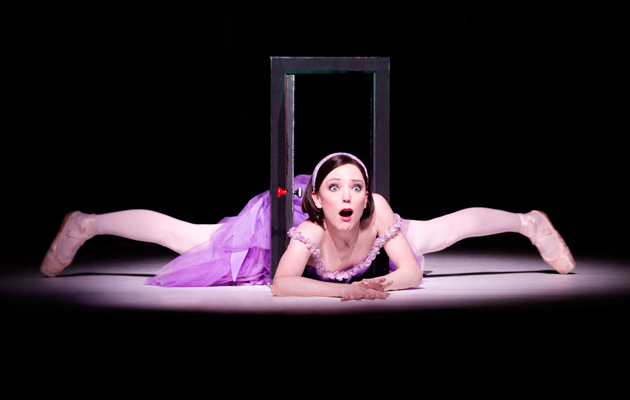
Credit: Johan Persson
The best shows to see this Christmas
From traditional ballet to contemporary dance, we round up the best shows to see this Christmas.
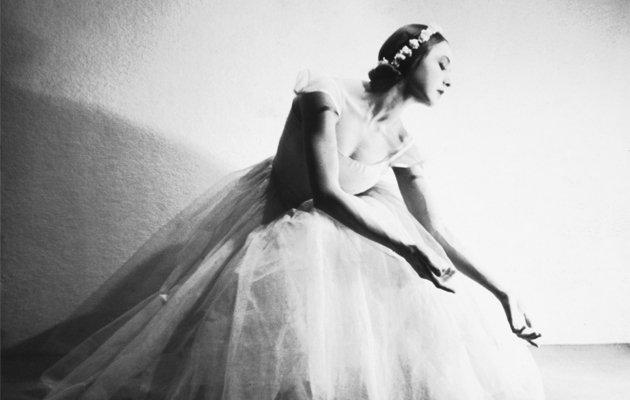
Credit: courtesy of the estate of Irina Baronova
Book review: Irina Baronova and the Ballets Russes de Monte Carlo
Country Life's dance critic reviews Irina Baronova and the Ballets Russes de Monte Carlo, a new book by Victoria Tennant.
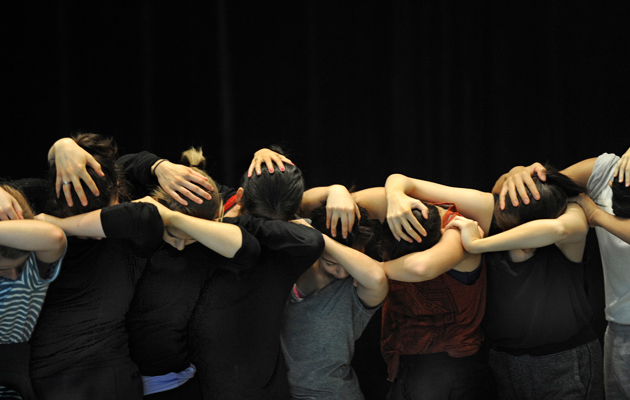
Ballet review: Polaris and The Age of Anxiety
Our dance critic reviews two new productions.
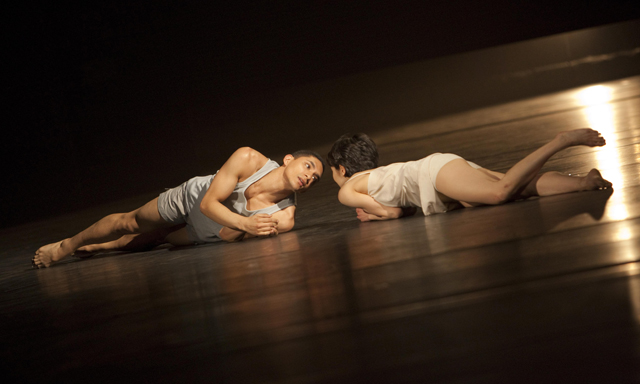
Ballet review: Juliet and Romeo
Sadlers Wells’ Northern Light season celebrates Nordic culture. Barbara Newman reviews Juliet and Romeo, the Royal Swedish Ballet's adaptation of
-
 Two quick and easy seasonal asparagus recipes to try this Easter Weekend
Two quick and easy seasonal asparagus recipes to try this Easter WeekendAsparagus has royal roots — it was once a favourite of Madame de Pompadour.
By Melanie Johnson
-
 Sip tea and laugh at your neighbours in this seaside Norfolk home with a watchtower
Sip tea and laugh at your neighbours in this seaside Norfolk home with a watchtowerOn Cliff Hill in Gorleston, one home is taller than all the others. It could be yours.
By James Fisher